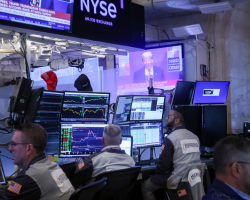Cautious Optimism Prevails Amid Economic Surges and Central Bank Vigilance | Daily Market Analysis

Key events:
- Japan - GDP (QoQ) (Q2)
- USA - Core Retail Sales (MoM) (Jul)
- USA - Retail Sales (MoM) (Jul)
European markets embarked on a cautiously optimistic note at the onset of the week, aiming to rebound from two weeks of declines, despite lingering concerns about the Chinese real estate sector's impact on the FTSE100.
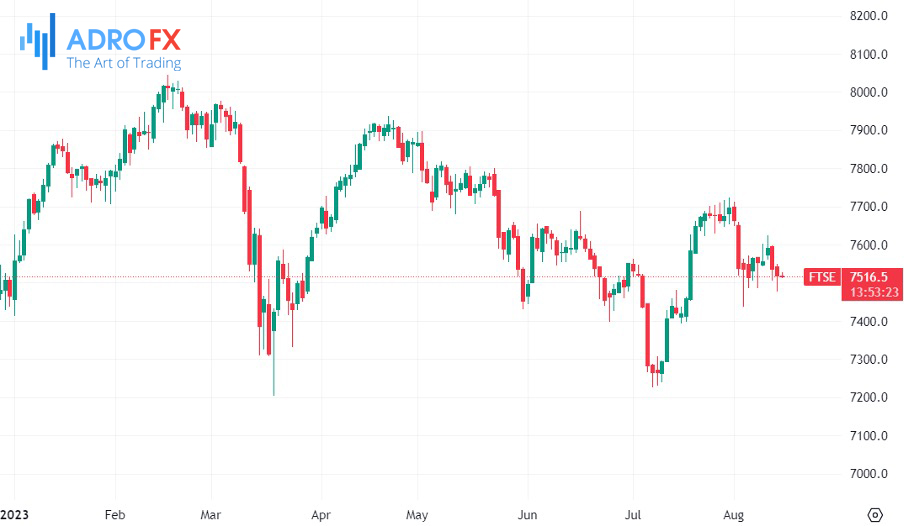
In the United States, the initial half of the trading session witnessed a struggle before witnessing a robust resurgence towards the session's close. Notably, both the S&P 500 and the Nasdaq concluded the day on a positive note. Chipmaker Nvidia (NASDAQ: NVDA) propelled this surge, benefiting from a bullish assessment by Morgan Stanley (NYSE: MS), which in turn prompted gains in other megacap growth stocks.
Specifically, the S&P 500 experienced a gain of 0.58%, culminating at 4,489.72 points. Meanwhile, the Nasdaq surged by 1.05%, reaching 13,788.33 points. The Dow Jones Industrial Average, while showing a more modest rise of 0.07%, still managed to close at 35,307.63 points.
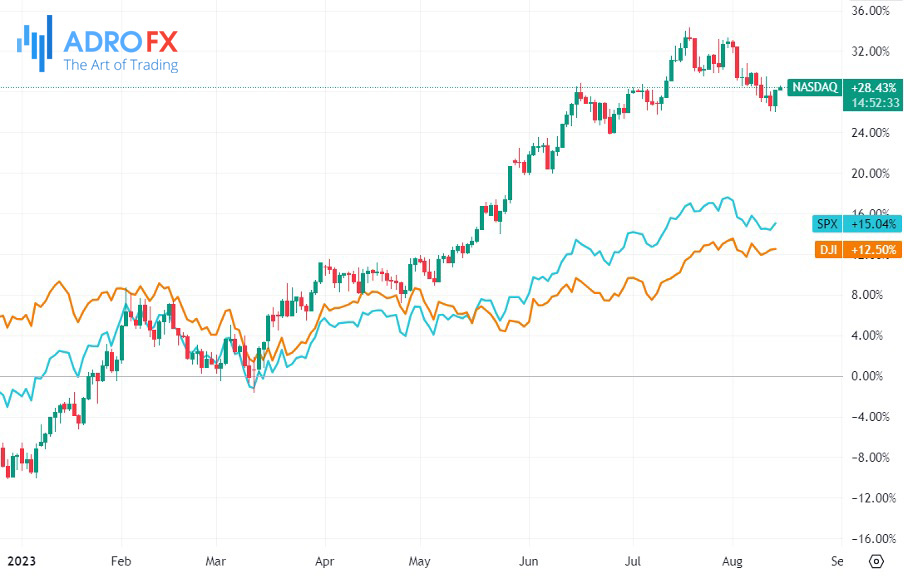
In Japan, the economy demonstrated remarkable growth in the April-June period, surpassing expectations. This growth was fueled by robust auto exports and an influx of tourists, which helped counterbalance the deceleration in post-COVID consumer recovery.
However, this surprising economic performance had only a negligible impact on the yen's value. Presently, the yen is positioned notably below the 145 per dollar threshold—a level that prompted intervention last year.
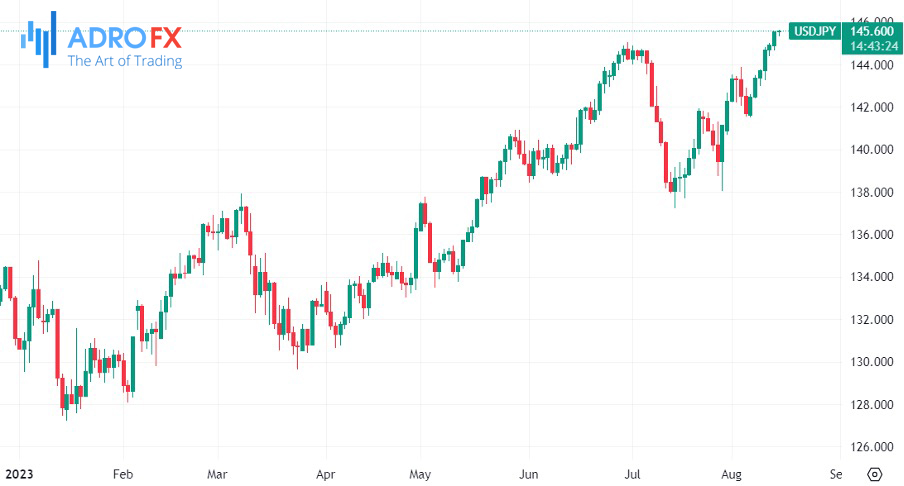
While discussions of intervention have resurfaced in relation to the yen, Japanese authorities have shown more concern about the rapidity of currency fluctuations rather than specific exchange rate levels. Yet, the exact point at which intervention might occur remains uncertain.
Shifting the focus to Australia, wage growth maintained its stability throughout the June quarter. Nevertheless, the pace of annual pay increments unexpectedly slowed. This trend, along with the release of dovish minutes from the central bank's July policy meeting, reinforced expectations that the Reserve Bank of Australia (RBA) would choose to keep interest rates unchanged.
This week holds significant implications for the UK economy, especially in the context of the Bank of England's decision-making regarding potential future rate hikes. The central bank's stance is crucial in light of persistent core inflation and remarkable wage growth levels.
The release of today's figures encompassing wages and unemployment for the 3-month period ending in June is anticipated to compound the challenges facing the central bank. As it seeks to respond to the initial inflation surge—a reaction that was initially sluggish—the Bank of England is likely to encounter further complexities that could exacerbate its decision-making process.
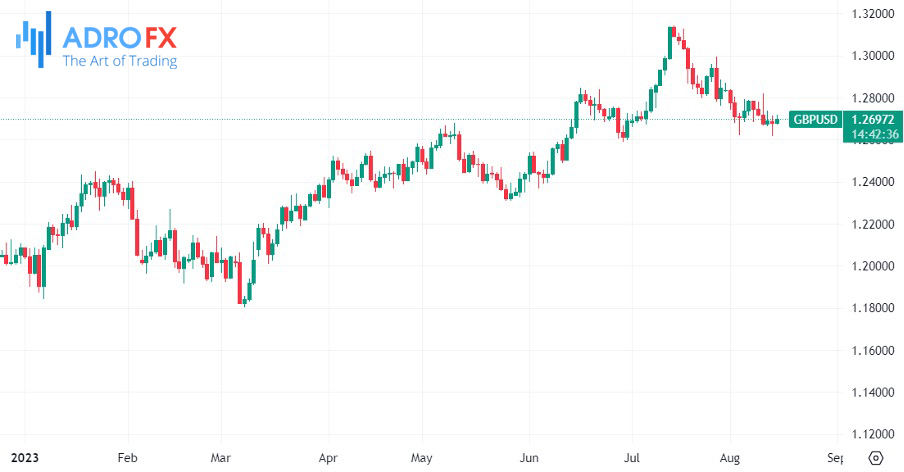
The GBP/USD currency pair is maintaining marginal gains around the 1.2700 mark in anticipation of significant UK and US economic data scheduled for early Tuesday. Recently, the Cable pair rebounded from its lowest level in a month and a half, propelled by a retracement in the US Dollar's strength. However, the continuation of this recovery appears limited due to cautious market sentiment ahead of impending data releases, alongside a mixture of concerns related to major risk factors.
Notably, the US Dollar Index (DXY) is retreating from its peak over the past five weeks, experiencing its first daily decline in four sessions and currently hovering around 103.05. This movement follows indications of subdued inflation trends. Specifically, the New York Fed's one-year inflation expectations have eased to 3.5% for July, declining by three points and reaching their lowest point since April 2021. Nevertheless, the same New York Fed survey also highlighted positive sentiments concerning labor market conditions and the ongoing economic transition.

This week holds significant importance for the US consumer, marked by key events including the release of US retail sales data for July today, as well as the imminent earnings reports from major retailers Target and Walmart. Following a stable performance in Q2, the US consumer's propensity for spending appears undiminished, showing minimal indications of slowing down. Today's anticipated July retail sales figures are expected to continue this trend, with a projected increase of 0.4%. This ongoing robustness in consumer spending aligns with the prevailing narrative.


